Welcome to our gardening blog, where we explore the essentials of achieving a flourishing and vibrant garden. In this post, we delve into the benefits and applications of Garden Organic Lime Fertilizer – Premium Dolomite Pelletized. Whether you are a seasoned gardener or just starting, understanding the role of lime fertilizer in soil health and plant growth is crucial. We will cover how this particular fertilizer improves soil pH, enhances nutrient availability, and promotes robust plant development. Join us as we provide insights and practical tips to help you make the most of your gardening efforts with organic lime fertilizer.
What is Lime and Why is it Important for Your Garden?
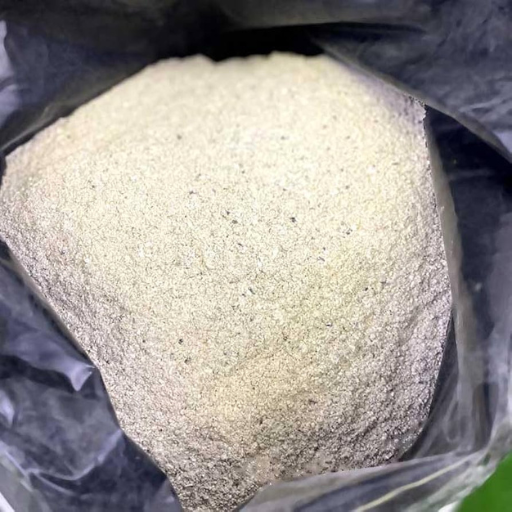
Types of Lime
Lime, in the context of gardening, is a soil amendment made from ground limestone rock. Generally, it contains calcium carbonate and magnesium carbonate. Different kinds of lime have distinct functions in relation to soil treatment as outlined below:
- Agricultural Lime (Ag Lime): This type is commonly found among pulverized limestone. It mainly serves to raise pH levels in soils by neutralizing acidity and thus promoting good environments for plant growth.
- Dolomitic Lime: Dolomitic lime not only increases soil pH but also provides magnesium which is used for photosynthesis by plants since it contains both calcium carbonate and magnesium carbonate.
- Quicklime and Hydrated Lime: These are typically more caustic forms of lime—quicklime, which consists of calcium oxide, and hydrated lime, consisting of calcium hydroxide. Their potency means that they are predominantly used in industry rather than home gardening because their misuse could result in burning the plants they’re intended to nurture.
Understanding the specific needs of your soil will help determine which type of lime is most beneficial for achieving optimal garden health.
The Role of Lime in Soil Fertility
Lime plays a vital role in improving soil fertility through correcting its acidity as well as providing some important nutrients. The addition of lime to acidic soils increases their pH level hence making them better suited for growing crops. This action has an enormous impact on nutrient availability such that significant amounts can be absorbed by plants thereby enhancing their growth.
Additionally, lime contributes essential elements like calcium while dolomite has got both calcium and magnesium minerals. Calcium helps to make strong cell walls which help improve overall plant structure giving them resistance against diseases while chlorophyll synthesis depends on magnesium that makes up its core molecule. By amending soil structure and increasing nutrient availability particularly nitrogen phosphorous and potassium (NPK), plant health improves leading to higher yields per acreage.
How Lime Affects Soil pH
When acid acting substances are added to soil, they react with the acids present, making it less acidic. This process is called liming. Lime consists primarily of either calcium carbonate (CaCO3) in agricultural lime, calcium-magnesium carbonate (CaMg(CO3)2) in dolomitic lime, or calcium oxide (CaO) and calcium hydroxide (Ca(OH)2) in quicklime and hydrated lime which interact with hydrogen ions (H+) in the soil to reduce acidity. Overtime this chemical reaction tends to make a more alkaline environment that is beneficial for most plants due to its increased availability of nutrients as well as promotion of microbial activity essential for healthy soil kind of nitrogen fixing bacteria in the roots.
How to Test and Adjust Soil pH with Lime
Doing a Soil Test
To conduct a soil test, begin by gathering soil samples from various parts of your garden or farm. Utilize a clean spade or soil probe to get samples from the top 6 inches of dirt; mix them in a sanitized bucket to form a composite sample. Allow for natural drying up of the soil before packaging about one to two cups of dry soil in clean and labeled containers.
Take the composite sample to a well-established laboratory for accurate results on pH and nutrient composition of the soil. Alternatively, you can buy a basic home soil testing kit from garden centers near your locality. Such kits usually necessitate mixing some amount of the soil with reagent mixture or use of pH meter for checking current pH levels.
From this you can determine how much lime should be applied to your soils based on test results obtained. The application guidelines by manufacturers are mostly dependant on the type of soil such as sandy, loamy, clayey soils, and also its ph level. Usually it is recommended that for acidic soils you should aim at raising ph levels gradually so as to achieve optimal levels for specific plants that will be grown.
These steps ensure that your lime applications will effectively adjust your soil’s pH leading to healthier plants and better yields.
Choosing Lime Type
Choosing the right type of lime is important in order to effectively adjust the PH level in your soils. There are two main types of agricultural lime: calcitic lime and dolomitic lime.
- Calcitic Lime: This kind comprises mainly calcium carbonate which is suitable when increasing acidity and providing calcium essential element needed during cell wall formation in plants especially when there is no magnesium deficiency.
- Dolomitic Lime: It contains both calcium carbonate and magnesium carbonate. Furthermore it is advantageous since it not only adjusts ph but also has an additional magnesium needed by photosynthesis constituting enzyme activities among other processes that require light energy absorption.
One should consider their soil test results while choosing lime. For soils with enough levels of magnesium, it is preferable to use calcitic lime. However, if there is a magnesium deficiency, dolomitic lime can solve both the pH issue and nutrient requirement. Further check on the fineness or particle size of the lime; fine particles will react quicker with soil thereby resulting to fast ph changes.
This will not only optimize your soil’s ph but also ensure that your plants have all they need to grow healthily.
The Process of Applying Lime to Your Soil
For you to apply lime correctly, you should know how large your garden or field is so that you can determine how much lime is needed. Use soil tests to find out what your current PH level is and how much lime you should use for correction. When applying the liming material broadcast it evenly on top of the soil by hand or using a spreader for larger areas while incorporating it into about six inches of soil depth through rototilling/ spading fork for best results. Lime should be applied some months before crops are planted in order to allow for ph adjustment time since planting may commence immediately after this activity.
After applying lime also water the soil so as to activate it when necessary. Keep checking so that the ph does not drop below required levels frequently
What are the Benefits of Using Organic Lime Fertilizer?
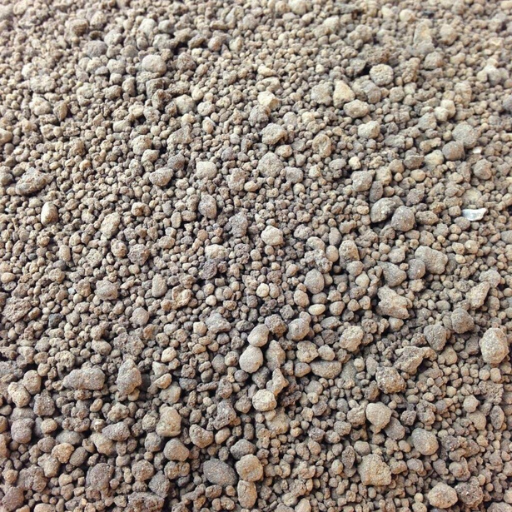
Improved Nutrient Availability
Organic lime fertilizer use enhances the availability of nutrients by slowly adjusting soil pH to the optimum levels, thereby promoting better nutrient absorption by plants. Organic lime neutralizes acidic soils which makes essential plant nutrients such as phosphorus, potassium and magnesium more available to roots. Improved nutrient availability leads to stronger root development, greater enzyme activities and general good health of a plant. Besides organic lime also helps in creating a balanced microbial community in the soil thereby improving nutrient uptake and soil fertility with the assistance of helpful microbes.
Enhanced Plant Growth
Employing organic lime fertilizer influences plant growth positively through rectifying soil acidity to establish an environment for strong plant growth. It ensures that plants absorb nutrients efficiently by maintaining soil pH balance hence enhancing their strength and quality during growth period. Calcium and magnesium necessary for cell wall formation and photosynthesis are also supplied by organic lime. Furthermore it improves soil structure thus encouraging water infiltration as well as root penetration. Consequently, these combined advantages result into increased plant vigor, higher yields, and increased overall resistance of plants against diseases and environmental challenges.
Long-term Soil Health
Using organic lime fertilizer is highly beneficial when considering long-term maintenance of healthy soils due to improved structures while keeping optimal pH values throughout time. It eventually enhances its quality as well as fertility rendering it more suitable for sustainable agriculture purposes in future times ahead. Organic lime increases the availability of essential nutrients, supports the growth of beneficial soil microorganisms, and improves soil aeration and water retention. Such improvements contribute towards enhanced resilience and productivity thus ensuring sound ecosystems with healthy crop growth over significant periods of time; hence there is sustainability in farming through such techniques like organic lime fertilizer that create a balanced ecosystem within the soils.
How to Choose the Right Lime for Different Garden Needs
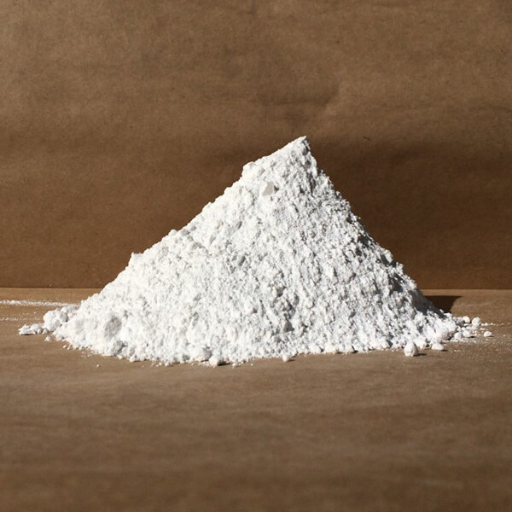
Dolomite Lime versus Garden Lime
Garden lime and dolomite lime are both essential soil amendments but may be used differently according to the needs of your soil. One of the main differences between them is that Dolomite lime, which has calcium carbonate and magnesium carbonate, helps balance the pH of soils and supplies magnesium. For instance soils that are deficient in magnesium could benefit most from dolomite lime. In contrast, calcitic or garden lime is mainly composed of calcium carbonate. It raises the pH value of soil and also provides plants with a source of calcium for growth.
Therefore, it is important to carry out a soil test before choosing either one. If you have identified such deficiencies as low pH level in your soil along with magnesium deficiency according to its analysis, you need to apply dolomite lime into it rather than garden lime. However if there is enough magnesium content then garden lime will effectively balance other nutrient elements like calcium hence its use will increase availabilityof this element in the soi l . Bear in mind specific requirements for your plants’ nutrition and condition of your particular land when making decision on what to apply.
Selecting Pelletized Lime
This type of product comes as small pellets that are easy to apply and take less time for effecting changes in lawns or gardens( Dotcom). Instead of using powdered or traditional types , pelletized limestone are made into small balls which can easily spread without raising dust levels( Tutton). When water touches down on these balls they dissolve very quickly thus being firmly incorporated into the ground (Dotcom).
The following should be considered before purchasing pelletized lime:
- Purity & Quality: For maximum effectiveness in adjusting pH values, select pelletized limes having high contents of pure carbonates.
- Ease Of Application: Choose products that can be spread by hand or via a spreader evenly.
- Fast-Acting Formulation: Select those that dissolve fast for quick results; great benefits to be obtained in gardens or lawns.
To get the best results, perform a soil test to determine the specific needs of your soil and follow the manufacturer’s recommendations for application rates and timing.
Using Agricultural Lime in Larger Gardens
Agricultural lime, also known as aglime, is regularly used on large gardens and farmland to improve soil quality and adjust soil pH levels. There are three key considerations when using agricultural lime over larger areas – type of lime (calcitic or dolomitic), method of application, and timing:
- Type of Lime: Use calcitic lime where calcium deficiency is suspected or dolomitic lime if magnesium is also low.
- Application Method: A broadcast spreader or tractor-mounted spreader should be used for large garden areas. The area must be uniformly covered.
- Timing: Apply agricultural lime in autumn or spring. The fall applications provide for pH adjustment during winter while spring applications prepare it for growing season.
The correct inclusion of this will enhance nutrient accessibility and general improvement in the structure by positively influencing the soil texture besides making it a good site for plants’ growth( Dotcom). For exact application rates always do a soil testand adhere to what has been recommended( Tutton).
Best Practices for Applying Lime in Your Garden
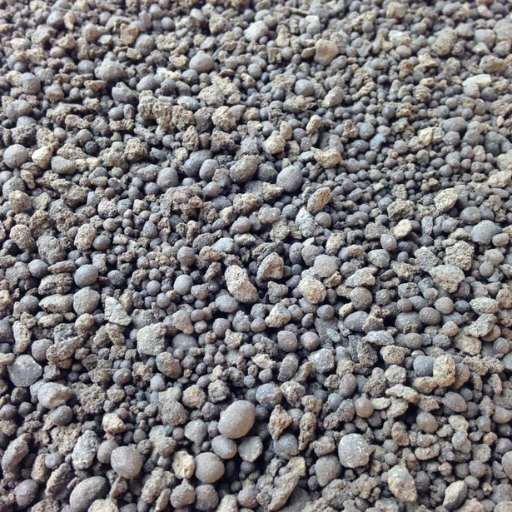
Time and Frequency of Application
As far as timing and frequency are concerned, I always strive to apply lime in either early spring or fall. In the fall, I apply lime so that it adjusts by the time winter is over; hence, it will be fit for planting during spring season. The best time for applying lime in my garden in case I need to do so is a few months before planting so that it has enough time to get started. As for frequency, I normally re-apply lime every two to three years depending on results after testing my soil. Regular testing of soil helps me decide what exactly my garden’s soil needs so that I am not biased towards any particular side either under-liming or over-liming.
Using a Spreader for Even Distribution
Even distribution of lime across your garden using a spreader is needed. Firstly, according to the manufacturer’s instructions, calibrate your spreader which often involves setting up an application rate based on particle size of lime used. From hereon, place the right amount of lime into your spreader then walk at steady pace while slightly overlapping each pass to avoid leaving any gaps. Whether you use hand-held ones for smaller areas or larger plots with broadcast spreaders for example consistency movement and even coverage remains very important consistently walking behind them rather than pushing them forward . This way prevents creation of varied pH levels within different parts resulting into more balanced soil environment thus better plant growth.
Safety Precautions and Environmental Considerations
Whenever handling and applying lime in my garden, safety comes first besides being cautious about environmental protection. To avoid skin irritations or eye infections caused by dust from Lime when spreading it into the land during farming activities means wearing protective clothing such as gloves goggles masks etc. Furthermore, ensure that you keep the Lime in safe dry places away from children and pets too who could cause spillage among other accidents. Moreover, whenever there are chances of imminent rains I do not apply lime because it can wash away with the waters thus affecting water sources within vicinity. Lastly, I always stick to the recommended application rates so that I don’t over-lime since imbalances in my soil may negatively affect plants’ health. Through this way, I ensure I maintain a healthier environment while cultivating my garden’s soil safely
Frequently Asked Questions (FAQs)
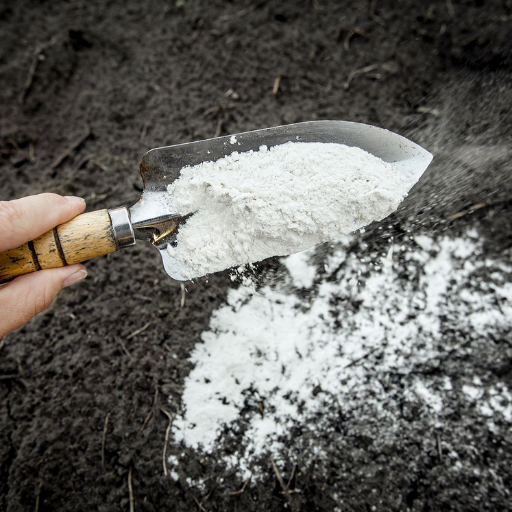
Q: What should be done to prepare new gardens before planting?
A: Prepare new gardens using the recommended lbs of lime per 100 square feet of tillage. This helps to neutralize soil acidity and continue providing important minerals that are needed in order for new plants and crops can grow.
Q: How often should I lime my garden for ideal soil conditions?
A: Always try to test your soil pH yearly so you can decide how often you add lime. For most gardens and lawns, it is best to apply lime every one or two years in order to maintain optimum soil conditions and maximize fertilizer efficiency.
Q: What is the difference between powder and pelletized lime?
A: Powdered lime contains ground particles that may spread unevenly. Garden Organic Lime Fertilizer as a sample of pelletized lime is made into uniform granules, which makes it easy to spread evenly on the surface of the land.
Q: Can dolomitic lime also be used safely with organic soils?
A: Certainly, dolomitic lime is a safe and effective amendment for organic soils because it increases soil pH, enhances fertility, improves plant health generally without damaging natural soil eco-systems.
Q: Can I use this limestone product in other crops besides vegetables?
A: Definitely! This limestone has multiple purposes and can be used for various types of crops like fruits, flowers, ornamental plants among others. It contains vital minerals necessary to maintain different crop types within their optimal range of pH levels.
Q: How does this supply essential minerals into the soil?
A: Neutralizing soil acidity by Garden Organic Lime Fertilizer supplies essential minerals calcium plus magnesium as they become more available to plants thereby supporting healthy root formation as well as promoting crop growth.






